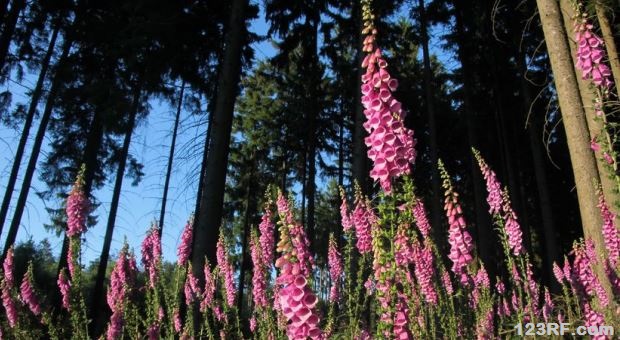There’s been a bandwagon leap in the last few decades to try all things natural, because natural is obviously better, or so people believe. While we choose to believe that as well, we’re also a bit more on the realistic side.
Just because a medicine is “natural” doesn’t imply that it’s safe. Herbs are excellent substitutes for pharmaceutical medications as long as you use them properly. If not, some plants could actually kill you if used wrong.
Arsenic is natural and so is plutonium, but you’re probably not planning to toss either one onto your cereal in the morning. Many plants can cure a wide variety of illnesses in the proper dose but will cause poisoning, abortion or organ failure if you take you much. Here are a few of the top plants that you should be careful with.
Wolfsbane
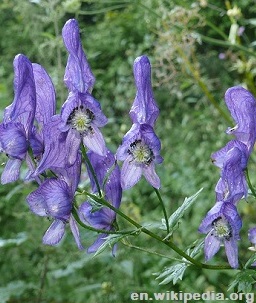 Originally thought to have been gathered from the dripping jaws of the three-headed dog, Cerberus, Wolfsbane, aka Monkshood or Aconite, is wildly toxic, even in mild doses.
Originally thought to have been gathered from the dripping jaws of the three-headed dog, Cerberus, Wolfsbane, aka Monkshood or Aconite, is wildly toxic, even in mild doses.
It is still used under carefully controlled circumstances as a sedative, fever reducer, and cold/flu medicine.
However, it has a notable effect on circulation, respiration and the central nervous system. Not worth it when there are so many other treatments out there.
Belladonna
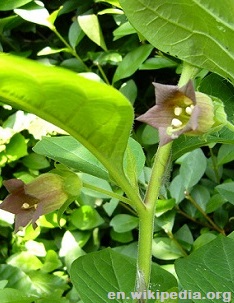 Translated from Italian to mean “pretty woman”, belladonna, aka deadly nightshade, was originally used to dilate a woman’s pupils so that they glittered.
Translated from Italian to mean “pretty woman”, belladonna, aka deadly nightshade, was originally used to dilate a woman’s pupils so that they glittered.
Now it’s used in the medical field under the name atropine and is used to treat bradycardia (slow heartbeat), arthritis, stomach cramps, hyperhidrosis, as a sedative, and to treat colds, sore throats, and hay fever because of its effects on the respiratory system.
However, though it’s extremely effective, it’s also lethal in a not-so-large dose.
Pregnant women, women who are breastfeeding, or people with congestive heart failure or ulcers shouldn’t take belladonna in any dose, or even come into physical contact with it.
Stinging Nettle
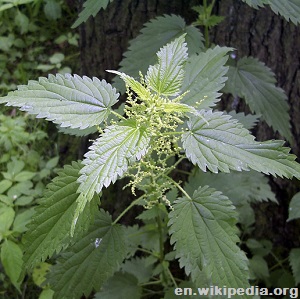 Stinging nettle has many uses in alternative medicine, such as treating urination issues, joint ailments, rashes, allergies, asthma and kidney stones.
Stinging nettle has many uses in alternative medicine, such as treating urination issues, joint ailments, rashes, allergies, asthma and kidney stones.
It’s also applied topically to relieve muscle aches and pains. Though recognized as possibly safe when used appropriately and for less than six months by people in good health, it may cause sweating and stomach upset.
There is some evidence that above-ground parts can decrease blood sugar levels so if you have diabetes, you should monitor your blood sugar levels closely.
It may also lower blood pressure so if you’re taking blood pressure medications or are prone to low blood pressure, extreme caution should be used when taking stinging nettle.
Finally, if you have kidney problems, you should talk to you doctor before taking stinging nettle because it seems to increase urine flow.
Kava Kava
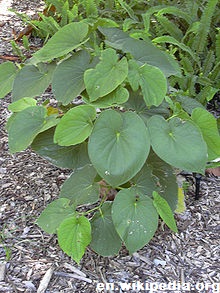 Native to the South Pacific, kava kava root has been used for centuries to treat insomnia, depression, anxiety and restlessness, among other things.
Native to the South Pacific, kava kava root has been used for centuries to treat insomnia, depression, anxiety and restlessness, among other things.
It causes a sense of well-being and calm but there are some serious concerns about the side effects that have caused widespread ban of the plant in countries including the US, Switzerland, Germany, and Canada.
Serious illnesses, including liver damage, depression, and death, have occurred with even short-term use at recommended dosages. It shouldn’t be taken by pregnant women under any circumstances.
Devil’s Claw
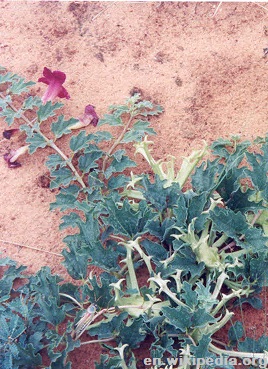 This plant is an anti-inflammatory often used to treat osteoarthritis and lower back pain.
This plant is an anti-inflammatory often used to treat osteoarthritis and lower back pain.
Though there’s not much research to support using devil’s claw for anything else, it’s also been used to treat gout, upset stomach, muscle pain, and rheumatoid arthritis.
Though generally recognized as possibly safe in recommended dosages for up to a year by healthy adults, devil’s claw shouldn’t be used by pregnant women, diabetics, people with heart problems or abnormal blood pressure, or by people with gallstones or peptic ulcers.
It’s thought that devil’s claw may increase stomach acid and bile production.
Foxglove
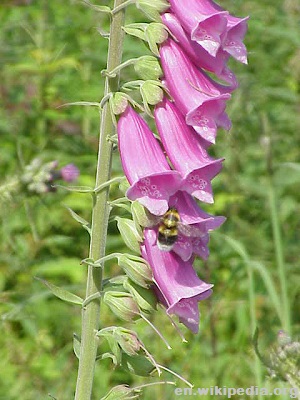 Also known as digitalis, foxglove is treat congestive heart failure, irregular heartbeat, asthma and epilepsy when ingested. Topically, it’s used to treat wounds and burns.
Also known as digitalis, foxglove is treat congestive heart failure, irregular heartbeat, asthma and epilepsy when ingested. Topically, it’s used to treat wounds and burns.
Foxglove is listed as unsafe for anybody to use without being under the direct care of a healthcare professional because all parts of the plant are poisonous.
It can cause irregular heart function and death. Long-term use can cause visual halos, stomach upset and yellow-green vision because toxicity occurs.
People with heart disease should definitely avoid foxglove as should pregnant or nursing women.
Also, people with kidney disease may not eliminate foxglove effectively and may become toxic, so they should avoid it, too.
Comfrey
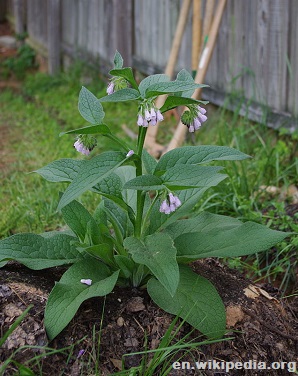 This plant has been used for centuries to treat a wide variety of ailments. It’s brewed into a tea to treat heavy menstrual flow, stomach upset, ulcers, diarrhea, persistent coughs, bronchitis, sore throat, and chest pain.
This plant has been used for centuries to treat a wide variety of ailments. It’s brewed into a tea to treat heavy menstrual flow, stomach upset, ulcers, diarrhea, persistent coughs, bronchitis, sore throat, and chest pain.
It’s also applied topically to treat arthritis, wounds, rheumatoid arthritis, phlebitis, gout, and broken bones.
Comfrey contains chemicals called pyrrolizidine alkaloids that can cause lung damage, liver damage, and even cancer.
The FDA has recommended that products containing comfrey be removed from US markets. It’s likely safe when applied topically to unbroken skin, though it is absorbed through the skin. It’s considered unlikely safe when taken orally or when applied to broken skin.
The truth of the matter is that most plants are just like most pharmaceutical medications. Though they may be therapeutic at certain levels, they are toxic when taken at higher doses or for extended periods of time. Some, such as hemlock, are lethal in even the smallest doses.
The bottom line? Know what you’re doing before you take anything herbal. If you’re pregnant or nursing, assume that what you take will pass to your baby. Remember that the same drugs that cure you can also kill you.
This article has been written by Theresa Crouse for Survivopedia.
About Theresa Crouse
Theresa Crouse is a full-time writer currently living in central Florida. She was born and raised in the hills of West Virginia, where she learned to farm, hunt, fish, and live off the land from an early age. She prefers to live off the grid as much as possible and does her best to follow the “leave nothing behind but footprints” philosophy. For fun, she enjoys shooting, kayaking, tinkering on her car and motorcycle, and just about anything else that involves water, going fast, or the outdoors. You can send Theresa a message at editor [at] survivopedia.com.

